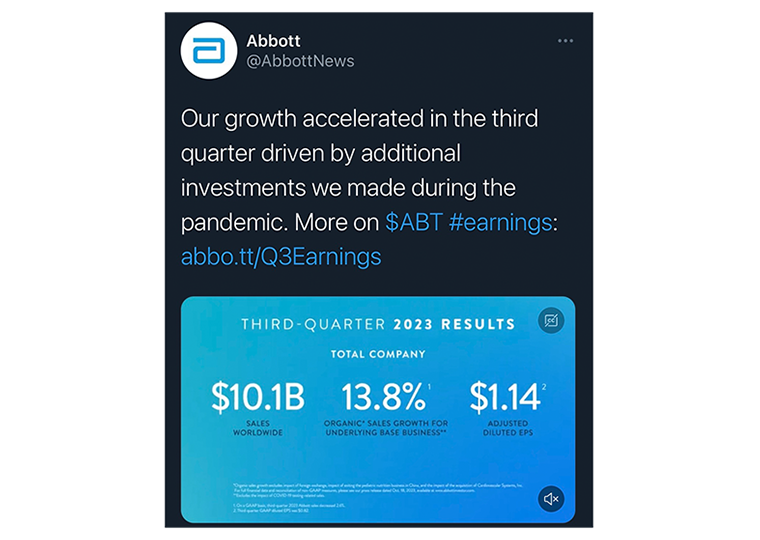As index fees decline, will funds draw big money away from bonds?
We are quickly becoming a nation of indexers.
In just the past 10 years, assets in index mutual funds and exchange traded funds have grown from less than 25% of the investing pie, to around 50%. Zoom out a bit further and the transformation from niche to mainstream is even more remarkable: In 1998 actively managed funds held more than six times the assets of index funds, according to Morningstar.
Lower costs are the engine behind the indexing explosion. Stock index portfolios carry an average asset-weighted annual fee (the expense ratio in fund jargon) of 0.05% compared with 0.66% for actively managed stock funds. That 61 basis point albatross is the major reason why actively managed funds have a decidedly hard time consistently outperforming index funds with comparable investment objectives.
Opt In to the Review Monthly Email Update.
While paying less for easy diversification that outperforms more expensive active portfolios would seem like an incontrovertible piece of good news, Oxford’s Martin Schmalz and UCLA’s William R. Zame offer some theoretical pushback.
In a working paper, they present findings from a model they constructed to analyze the interaction of lower investing costs in stock index funds, the uptake of those funds and how that may impact stock prices. Their main shot across the bow of indexing is that, once fees are low enough, the appeal of easy diversification on the cheap would compel investors in the aggregate to shift money from bonds into the stock index funds.
And as stocks become more popular, it impacts stock valuation. The crux of Schmalz and Zame’s model is that there might be a bit of the tragedy of the commons theory at work: They estimate that the increased popularity of cheap index stock funds sends stock prices higher, which in turn causes expected future returns to be lower. Their model combines the positive impact of increased diversification on wealth (it’s less risky to invest in stocks) in tandem with the negative consequence that more aggregate investment in stocks drives down future returns.
Oddly, a Novice Investors Benefits
In one simplified scenario where all investors have similar risk appetites and wealth, they find over a 20-year period the net investor “welfare” would be 6% to 7% lower in a world where index funds are so cheap (below 0.20% a year) they drive more stock investment that leads to lower future returns.
That said, there is one subset of investors who come out better as index funds become a cheap way to get stock diversification. In their model, the marginal investor, who wasn’t invested in stocks when index funds were more expensive, comes to discover the wonders of low-cost diversification when index funds become cheap. (It’s worth noting that an estimated 40% of households do not own any stocks.)
Even though this marginal investor is also facing lower expected returns, his welfare increases as index fund fees slide below 0.20%, and he benefits from diversification because he owns more stocks. The model estimates the welfare benefit for the marginal investor increases 1.31% when the index fund fee is 0.10% and is more than 3% when the fund fee is 0.01% or zero.
While the authors’ work is theoretical, it arrives in a world where indexing has become a major market force. Research published in 2022 found that the three largest index fund operators — BlackRock, Vanguard and State Street — own nearly one quarter of the companies in the S&P 500 stock index.
“It is not appropriate to simply assume that indexing benefit investors,” Schmalz and Zame write.
To be clear, Schmalz and Zame are not anti-indexing. Their intent is to further inform the emerging debate about the increasingly large footprint of indexing. That conversation has to date been focused on whether indexing is reducing competition among corporations and whether the big index operators are sufficiently applying corporate governance pressure on the companies they own huge chunks of.
Indexing Changes Prices
This working paper suggests another needed conversation on the impact of index investing on stock prices: how it suggests the future “welfare” of investors could be lower.
Schmalz and Zame also clearly spell out the limitations of this first pass at analysis, noting that their model relies on a series of assumptions that by design oversimplifies things. “We do not claim that our model is realistic; it certainly does not capture all the complexities of the world,” they write. “What our model does offer is very strong evidence that understanding the effect of index funds requires taking into account that they affect prices and hence welfare.”
Their theoretical model contains 5,000 firms, and each produces $500 million in profits over the 20 years. (They also account for the probability of bankruptcies.) The model works with three possible investment vehicles: direct investment in stock, direct investment in a bond, and a stock index fund. A key feature of their model is that shifts in one variable impact the other variables. The fixed value of all assets in their model is $2 trillion, as one asset grows it must be offset by a decline in another.
As the graph on the left shows, stocks (red) and bonds (blue) are the only investments when the cost of the index fund is too high (0.20%) to attract investors. Stocks account for about $1.2 trillion and bonds the other $800 billion.
But once the index fund fee becomes cheaper, investors shift money into the index fund (the yellow). And it’s not just coming from the stock (red) allocation. The middle graphic shows that when index funds have an annual fee of 0.05%, they have assets of more than $760 billion, siphoning money from both direct stock investment (which falls by about half) and bonds (assets drop from more than $800 billion to $607 billion). The combined effect of this increases the total allocation to stocks (direct and fund) to nearly $1.4 trillion, about a $200 billion increase from the baseline.
In the far right graph, the cost of the index fund is zero. (This isn’t purely hypothetical as there are currently some funds charging no annual fee, generating revenue from sending trades to third parties, or by cross-selling other services.) In this scenario, investors basically ditch individual stocks for the diversified no-cost index fund. And in this scenario more than $1.4 trillion is invested in stocks.
Featured Faculty
-
William R. Zame
Jack Hirshleifer Professor of Economics, Distinguished Professor of Economics and Mathematics
About the Research
Schmalz, M., Zame, W.R., (2023). Index Funds, Asset Prices, and the Welfare of Investors.






